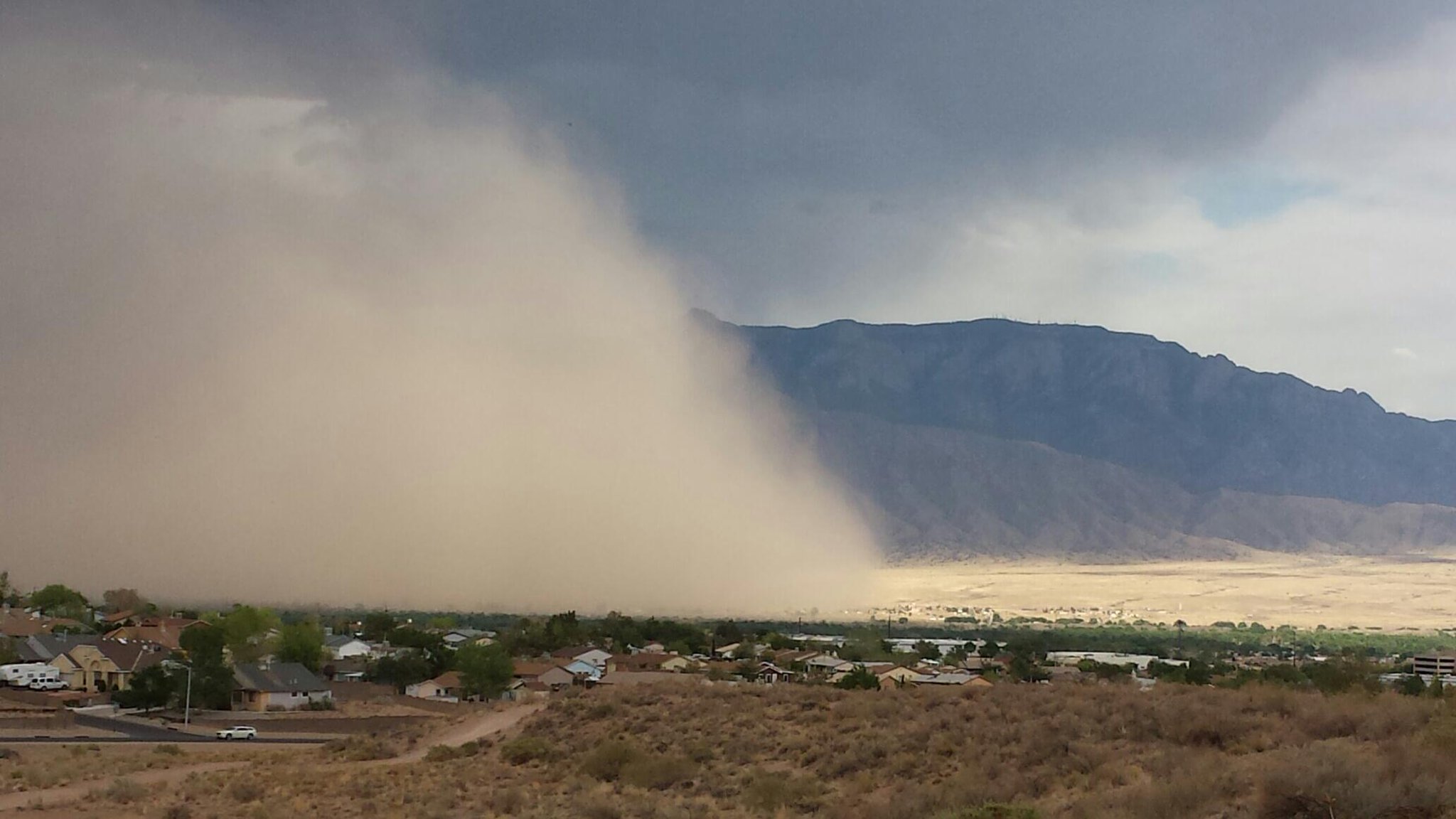The USFS ForWarn Forest Change Assessment Viewer (FCAV) can visualize fires that burned from 2000-2012 using the Fire Perimeter Layer.
The Global Forest Change map (GFC) (Hansen et al) is a new tool that shows global forest extent (green), deforestation (red), and aforestation (blue) and reforestation (purple). In the high-resolution image above, one can match USFS fire perimeters to the actual burn scars, as well as visualize total forest extent. Beetle die-off is apparently not apparent in this view.
But why isn't the 2011 Horseshoe Two fire visible? This large stand-replacement fire burned more than 70% of the Chiricahua mountains (look for a green tear-drop shape near the Southern edge of the map above). It is clearly visible as a red blob in the USFS image, but not in the Global Forest Change map. It is clearly visible on Landsat images:
Image source.
The USFS viewer shows the entire range as burned area.
But hardly any forest loss is recorded on the GFC map. Why??
Perhaps the discrepancy is due to burn severity? Fires do not burn evenly across a landscape, and many regions within a burn perimeter may be only lightly or moderately burned.
Here is the Horseshoe Two fire burn severity map, clearly showing large areas of high and moderate intensity fire within the burn perimeter:
...
An important note about the colors shades on the GFC map: they indicate the percent forest (defined as vegetation over 5m) per grid cell.
This view of the Rodeo-Chediski (2002) fire shows different shades of red, and green. No regrowth is apparent.
Zooming in all the way to individual pixels shows the different shades. Assuming the forest loss shades are proportional to the initial forest cover shades, the lightest red colors indicate areas that were 75-100% forest (and now are not forest or are 0-25% forest), the light grey-red indicates areas that were 50-75% forest (and now are not forest or are 0-25% forest), the darker grey-red indicates areas that were 25-50% forest (and now are not forest or are 0-25% forest), and black indicates areas that are (and continue to be) 0-25% forest.
What about the 2002 Biscuit fire in the Klamath-Siskyou region....
Purple in the GFC map above may indicate some regrowth (and/or replanting) in the 10 years following the fire.



































